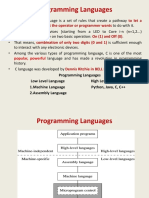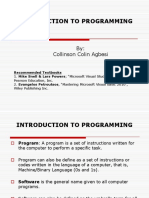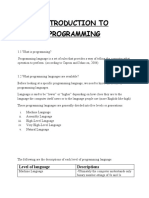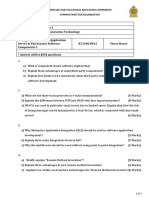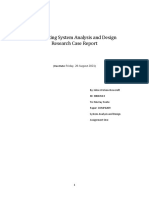0% found this document useful (0 votes)
141 views22 pagesProgramming Languages Overview
The document discusses programming languages at different levels of abstraction from machine language to high-level languages. It describes that machine language uses binary and is difficult for humans to understand. Assembly language uses symbolic representations that are closer to machine code. High-level languages resemble everyday language and allow programmers to solve problems without detailed hardware knowledge. Examples are given of different language types including functional, declarative, imperative and object-oriented languages. A brief history of programming languages is provided from early machine and assembly languages to modern high-level languages.
Uploaded by
Kamlesh SinghCopyright
© © All Rights Reserved
We take content rights seriously. If you suspect this is your content, claim it here.
Available Formats
Download as PPT, PDF, TXT or read online on Scribd
0% found this document useful (0 votes)
141 views22 pagesProgramming Languages Overview
The document discusses programming languages at different levels of abstraction from machine language to high-level languages. It describes that machine language uses binary and is difficult for humans to understand. Assembly language uses symbolic representations that are closer to machine code. High-level languages resemble everyday language and allow programmers to solve problems without detailed hardware knowledge. Examples are given of different language types including functional, declarative, imperative and object-oriented languages. A brief history of programming languages is provided from early machine and assembly languages to modern high-level languages.
Uploaded by
Kamlesh SinghCopyright
© © All Rights Reserved
We take content rights seriously. If you suspect this is your content, claim it here.
Available Formats
Download as PPT, PDF, TXT or read online on Scribd
/ 22















